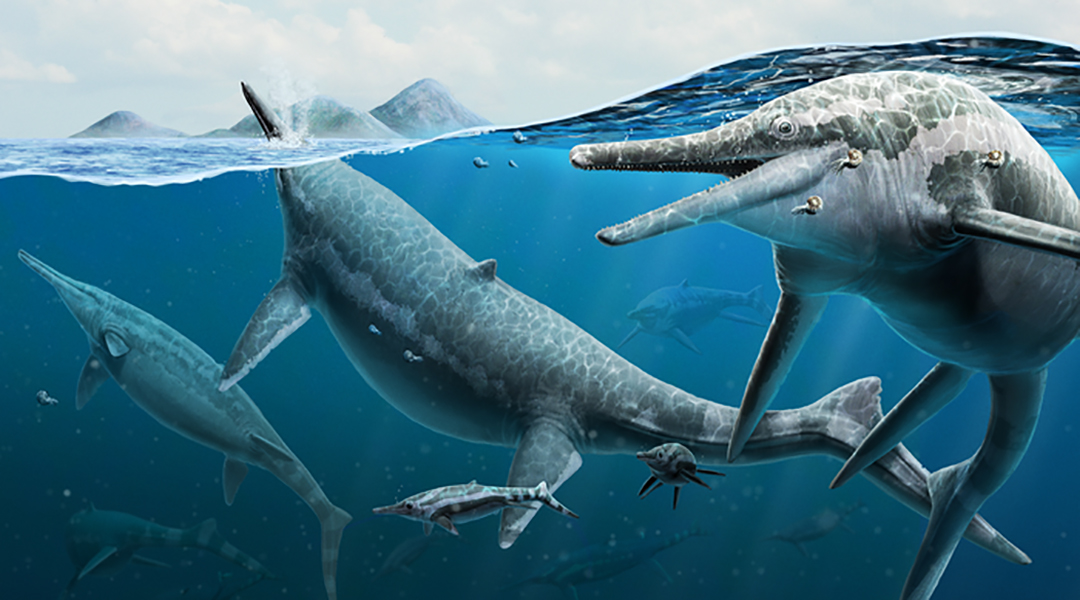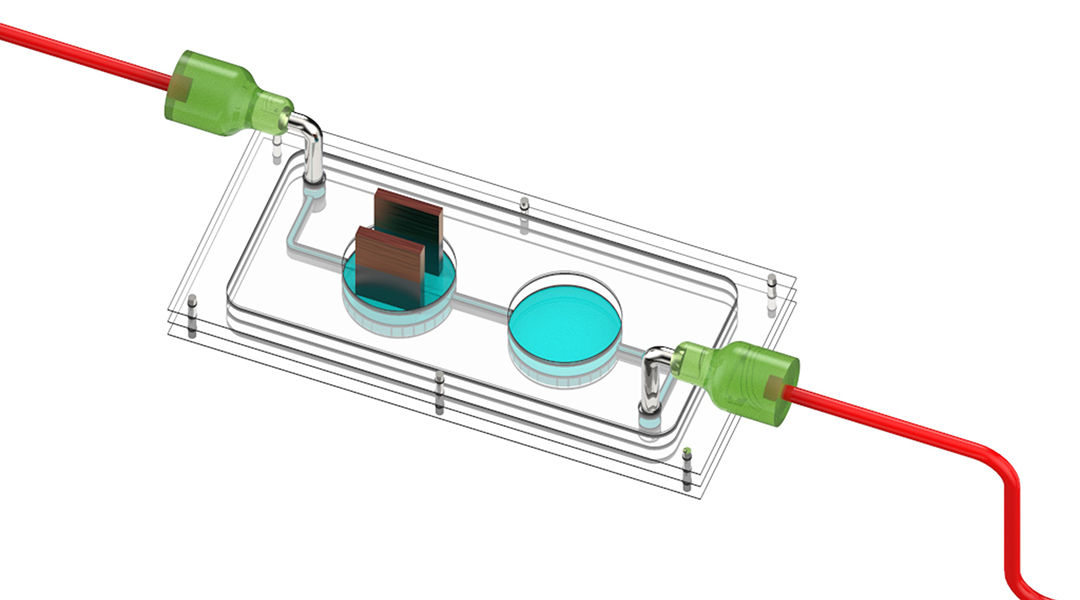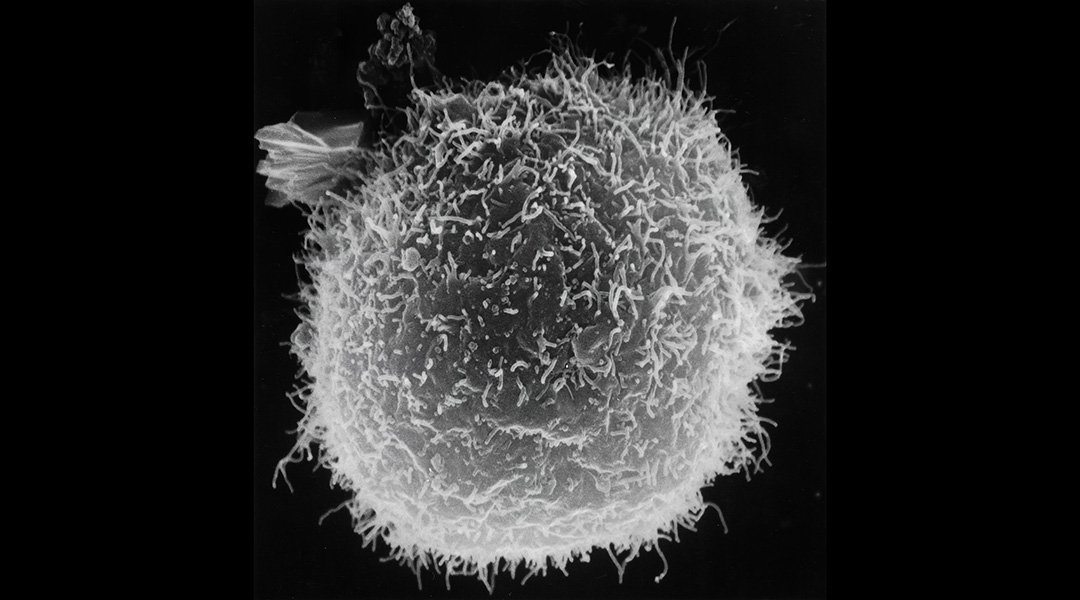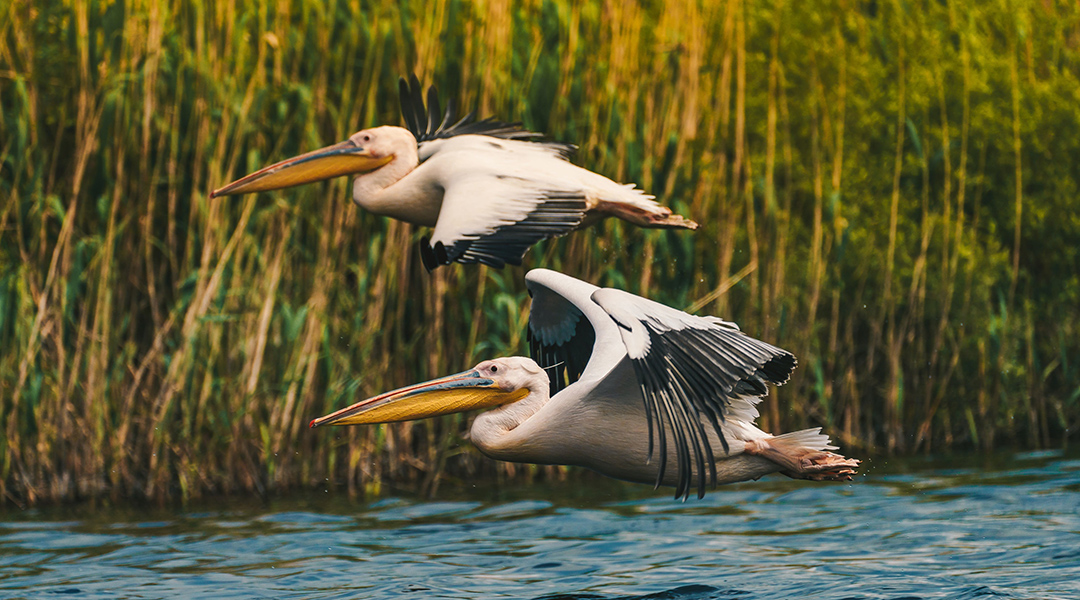The newly discovered layer has an almost imperceptible width, allowing it to escape the notice of older imaging and experimental techniques.



The newly discovered layer has an almost imperceptible width, allowing it to escape the notice of older imaging and experimental techniques.

Nearly 200 million years before modern whales, school bus-sized marine reptiles called ichthyosaurs may have been making similar migrations to ancient breeding grounds.

The device provides a powerful tool for studying and treating diabetes, allowing personalized modelling by using patients’ own cells.

New research finds that more genetic features appear to be linked to sudden unexplained deaths in infants and toddlers.

Modeled after nature’s builders, a swarm of 3D printing drones work together to build large structures while in flight.

This nanoparticle cancer therapy hijacks biological processes to target cancer cells and destroy them with self-assembling components.

People routinely underestimate how much strangers may have to teach them.

Clumping proteins act as vaccine adjuvants, activating immune signalling pathways triggered by cell stress.

Though constant comparison can negatively impact our pursuit of happiness, this ingrained cognitive behavior has helped humans survive.

The colorful markings on birds’ wings act as signals to help them avoid perilously crashing into one another when flying in large groups.